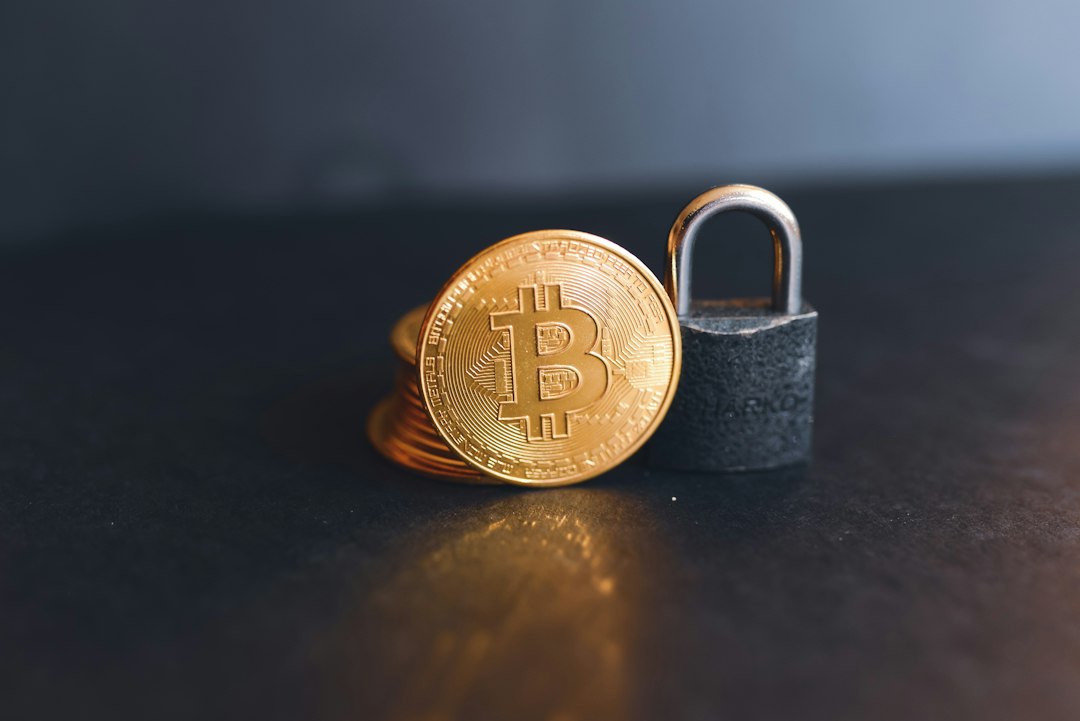What is a Non-Fungible Token (NFT) Collection?
A non-fungible token (NFT) collection refers to a curated set of unique digital assets that exist on a blockchain. Each NFT within a collection is distinct and has its own intrinsic value based on factors such as rarity, history of ownership, utility, and liquidity. These collections can range in size, from small sets of limited-edition tokens to larger series containing thousands of unique items. For example, popular NFT collections like CryptoPunks and World of Women consist of 10,000 uniquely designed NFTs, each with different traits that contribute to their individual rarity and value.
The Importance of Rarity in NFT Collections
Rarity is a crucial concept when it comes to NFT collections. It refers to the scarcity or uniqueness of a token within a collection, often determined by distinctive features that set it apart from others. The rarer an NFT is, the higher its perceived value. Factors like visual properties, color schemes, and specific traits contribute to the uniqueness and rarity of an NFT.
History of Ownership and Value
The history of ownership also plays a significant role in determining the value of an NFT. If a token has been owned by a reputable artist or a notable figure in the community, it is often considered more valuable. The exclusivity associated with owning an item once possessed by someone prominent enhances the rarity and value of the NFT.
Understanding Collection Size
Collection size refers to the total number of distinct NFTs within a specific set or series. Larger collections may contain thousands of unique tokens, while smaller collections may have fewer. The size of a collection can impact the perceived value and desirability of the individual tokens within it. If a collection has a larger supply than normal, each item may be valued less by collectors. However, it’s important to note that a smaller collection size doesn’t necessarily mean higher value for each NFT. Factors like rarity, ownership history, utility, and the brand or project behind the collection also influence the value of an NFT.
Factors Affecting NFT Rarity
Rarity in the NFT space is influenced by various factors. The uniqueness of a token’s individual attributes within a collection is a key component of rarity. Visual properties, color schemes, and specific traits that set an NFT apart contribute to its rarity and potential value. Additionally, the rarity of perceived traits can affect an NFT’s desirability. Sometimes collectors prefer NFTs with minimal traits, creating a perceived rarity. The interconnectedness of these factors determines the overall rarity and value of an NFT.
Hot Take: Rarity and Value in NFT Collections
In the world of non-fungible tokens (NFTs), rarity plays a crucial role in determining the value and desirability of individual tokens within a collection. Unique attributes, ownership history, and perceived scarcity all contribute to the rarity and potential worth of an NFT. While larger collection sizes may impact the perceived value of each item, it is important to consider other factors such as utility, liquidity, and the reputation of the collection or project behind it. Ultimately, rarity remains a key factor in evaluating the value of NFTs in today’s crypto market.





 By
By
 By
By
 By
By
 By
By
 By
By
 By
By